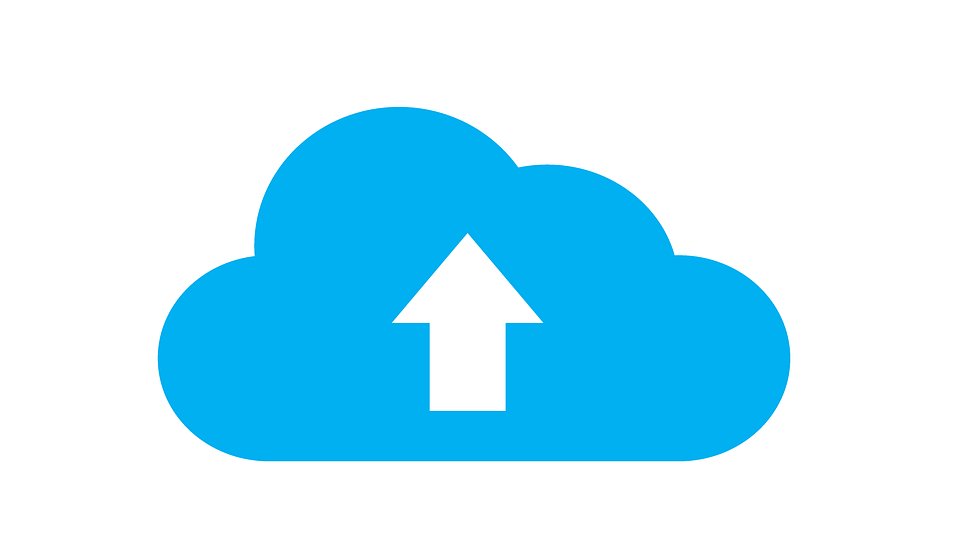What is AWS Snowball?
Migrating data from legacy systems doesn't have to be a headache

In the age of incredible technological advancements on the Internet, autonomous cars, drones that can deliver a package from the sky, and instant access to social media feeds on our phones, it’s almost refreshing to know there is a service that is a little old school.
AWS Snowball is a data transfer service that uses a physical device sent by Amazon. Even though the only thing that’s “old school” is that it uses a physical product, Snowball is quite advanced in terms of what it does, how it works, and how it benefits your company.
For firms doing petabyte-scale research projects, those who have accumulated vast amounts of backup data, have a legacy tape backup system they need to move to cloud storage, or are closing an entire data center and using a cloud-based infrastructure, Snowball is a godsend.
In most cases, Snowball comes into play when there is a data migration project. There is a vast amount of data stored locally, and there’s a need to move that data to the cloud. However, because there may be petabytes of information, the Internet is not a viable option due to the speed concerns, security issues, and networking complexities.
With Snowball, there are several benefits. One is the ease of migration. It all starts with the AWS Console where you can initiate the migration with a few clicks. Once you do, Amazon determines whether you need one or more Snowball client devices. (For terabytes of data, you likely only need one client; for petabytes of data, you’ll need more than one.)
Then, the physical devices arrive at your site. You connect them to your network, and run the Snowball client application and select the data sources. After this, the migration runs at high speeds and over a secure connection (not on the Internet). Amazon uses an E Ink label for Snowball shipping, so once the migration is complete and you are ready to send back the devices, the label changes and shows the correct address for the return shipment.
As you might guess, the devices are not stashed away in a vault at this point. Amazon moves your data to Amazon S3 (Simple Storage Service) for easy access in the cloud. An important point to make here is that you can now take advantage of the enormous scale of cloud computing, adding additional storage archives to this one storage location. Once you migrate the data to the cloud using Snowball, the physical transfer work is all part of enabling your company in a move to a cloud infrastructure and benefiting from the reliable, secure storage. You can decide to remove portions of your S3 archives at any time.
Sign up to the TechRadar Pro newsletter to get all the top news, opinion, features and guidance your business needs to succeed!
There are benefits to how this works from a cost standpoint as well. At a petabyte or terabyte-scale, the cost of secure data transfers over the Internet can run several thousand dollars. Amazon states that Snowball migrations tend to cost about one-fifth the normal migration costs when the Internet and high-speed networks are involved.
Examples of how Snowball works
A good example of a project where Snowball comes into play is a large company that has existed for many decades and has decided to move all of their tape backup systems to the cloud. As you can imagine, this migration would normally be fraught with complexity -- how to move the data securely, dealing with terabytes or even petabytes of storage that dates back many years, and making sure the migration is successful.
With Snowball, the company can configure the migration using the AWS Console which removes the complexity of knowing which data you need to move and where it will end up. Since the migration is highly automated using the Snowball client devices and client software, the company trying to move their tape backup systems doesn’t have to build a new IT infrastructure or purchase software to help with the legacy transfers.
The benefits are, as mentioned above, lower costs and the ease of migrating, but there are also clear advantages related to what happens after you are done migrating. The data becomes available in S3 and becomes part of your cloud infrastructure. This means you can retrieve that data from the cloud just as easily and efficiently as you migrated it to the cloud. It opens up new possibilities for using the data for business intelligence, additional research projects, data discovery, enterprise-grade apps, analytics and other projects that were not possible before.
In the end, companies benefit from how Amazon has architected the entire migration system. Snowball does involve “old school” client devices shipped to your facility, but that’s where any similarity to older data transfer migration practices ends. By using physical devices, it speeds up the entire process, makes it secure, and is designed for easy, fast migrations.
- Move your website to the cloud with the best cloud web hosting services.
John Brandon has covered gadgets and cars for the past 12 years having published over 12,000 articles and tested nearly 8,000 products. He's nothing if not prolific. Before starting his writing career, he led an Information Design practice at a large consumer electronics retailer in the US. His hobbies include deep sea exploration, complaining about the weather, and engineering a vast multiverse conspiracy.
